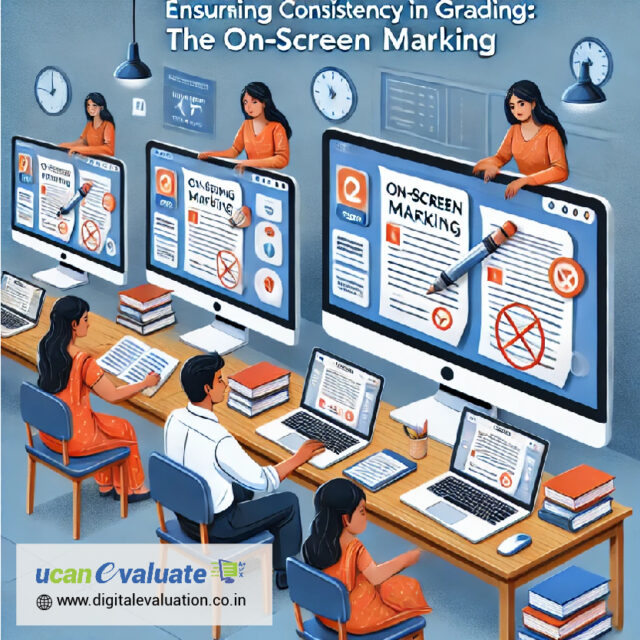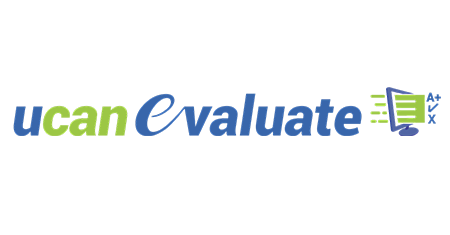Consistency in grading is essential for maintaining fairness and equity in education. Traditional marking methods often lead to discrepancies due to subjective interpretations and human error. These inconsistencies can create challenges for both educators and students, affecting the reliability of assessment outcomes and potentially undermining students’ confidence in the evaluation process. To address this issue, on-screen marking offers a robust solution that ensures standardized criteria and clear guidelines, ultimately promoting uniformity in grading.
One of the significant advantages of on-screen marking is its ability to facilitate a more standardized approach to assessment. With clearly defined rubrics and criteria, educators can reduce the variability that often arises from personal biases or differing interpretations of answers. This not only helps ensure that all students are evaluated based on the same standards, but it also fosters a sense of trust in the grading process among students and parents alike. 
Moreover, the advantages of on-screen marking extend beyond just consistency. This innovative approach enhances the grading process by enabling the scanning of answer sheets and real-time collaboration among educators. As a result, teachers can more easily align their assessments with learning objectives, ensuring a comprehensive evaluation of student performance. This collaborative environment promotes discussions among educators about best practices, leading to continuous improvement in assessment strategies and student learning outcomes.
At Learning Spiral, we prioritize the importance of consistency in assessments. Our on-screen marking solutions are specifically designed to support educators in achieving fair and accurate grading outcomes. By leveraging technology, we empower teachers to focus more on their students’ learning and less on the administrative burdens associated with traditional grading methods. Our solutions not only streamline the grading process but also enhance the overall educational experience for both educators and students.
In conclusion, ensuring consistency in grading through on-screen marking is vital for equitable education. By reducing subjective interpretations and human error, on-screen marking contributes to a more reliable assessment process that benefits all stakeholders involved. Learning Spiral invites educators to adopt our innovative solutions and experience the numerous benefits of consistent and fair assessments. Together, we can foster an environment where every student is evaluated fairly and equitably, paving the way for a brighter future in education.

